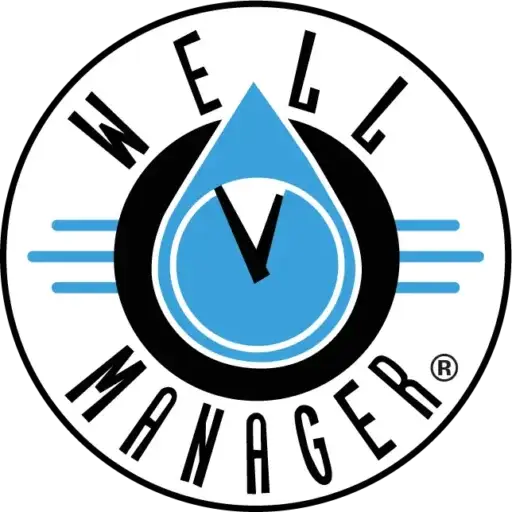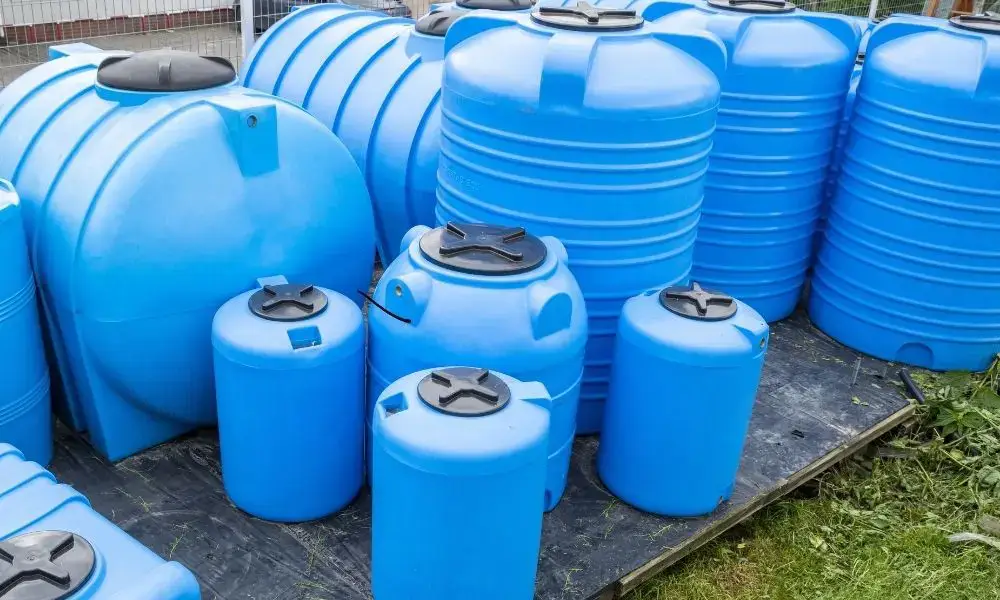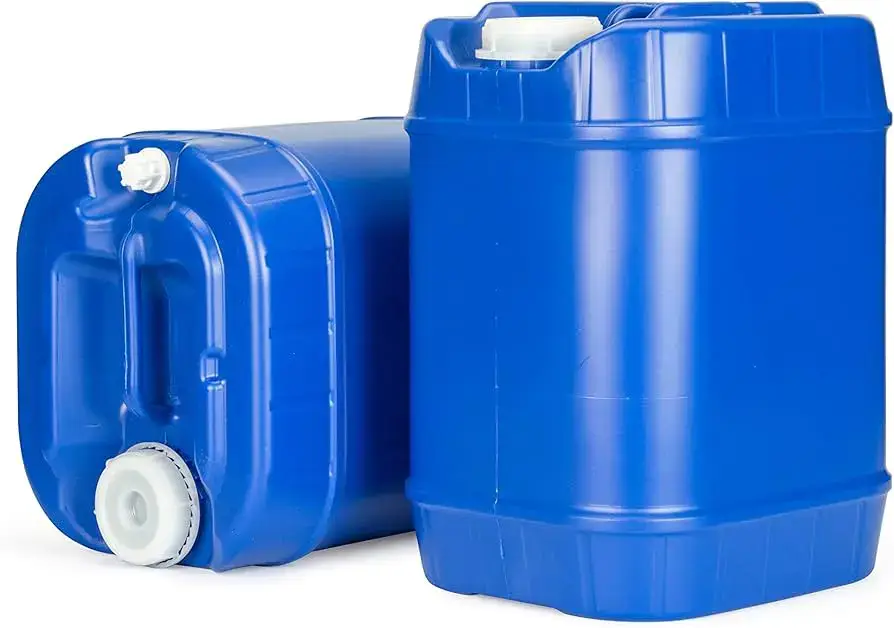Some households experience unpleasant surprises whenever a faucet is turned on during peak demand. The pressure might initially blast, then instantly dwindle into a weak trickle. This jarring swing often leaves people confused, especially if their pump is technically in good shape. There is a temptation to blame the entire system, but the truth may lie in the capacity of the tank responsible for regulating that final burst of flow.
Ensuring water pressure remains steady over the course of a day hinges on how effectively stored water is managed before it enters the plumbing. The tank’s size determines that capacity. If the tank is too small, the system struggles to keep pace; if the tank is properly sized, the pressure remains consistent. Proposing that tank size is a pivotal factor leads to a central claim: a right-sized tank can reduce erratic flow and minimize stressful pump cycles.
Why Does the Reservoir Matter When Pumps Are Working Fine?
It may seem odd to suspect the tank instead of the pump, but each has a separate function. The tank’s job is buffering water between pump cycles, and that buffering keeps output pressure stable. Ignoring tank capacity often leads to unexpected pressure drops.
In many setups, the pump only runs until a specific psi is reached, then shuts off. The stored water in the tank continues to supply the household. The water level dips quickly if the reservoir is small, prompting rapid pump restarts. Continual on-off cycling shortens pump lifespan, generates pressure fluctuations, and can lead to an overall sense that the well is “struggling,” even if the aquifer is fine. Some might try ramping up pump power, but that doesn’t address the underlying lack of drawn-down capacity.
Maintaining adequate storage ensures the pressure doesn’t crash each time a sink and a shower operate simultaneously. Extended run times at consistent intervals also spare the pump from unnecessary strain. In short, the tank’s size influences daily water experiences more than many realize. A tank’s reservoir function adds stability and keeps the pump from working overtime. Without that buffer, maintaining consistent flow is challenging.
Are Larger Tanks Always Better, or Does Balance Win?
Thoughts often drift toward “bigger is better,” but that can overshoot household needs. It is essential to select an appropriate capacity rather than opting for the largest unit on the market.
- Excessive Volume:Higher upfront cost and space demands. May cause water to stay stagnant longer, affecting freshness.
- Undersized Capacity:Incessant cycling that disrupts pressure stability. Leads to pump burnout over the long haul.
Some rely on guidelines correlating well yield and daily consumption to select a capacity that meets typical usage plus a safety margin. This balanced approach ensures that faucets rarely sputter mid-task and the pump doesn’t cycle every few minutes. It’s less about installing the biggest tank money can buy and more about matching capacity to usage levels. A well-chosen tank solves many intermittent pressure woes without adding unnecessary expense or complexity.
How to Choose the Right Tank Size for Household Needs
Many feel uncertain about selecting the exact tank capacity that meets their flow requirements without over- or under-shooting. It’s important to start with a clear sense of daily routines, typical usage peaks, and well characteristics. Sometimes, a family needs only a slight increase in volume to achieve steady pressure, whereas others require something more robust. A measured approach cuts the guesswork and targets a solution shaped by real data rather than arbitrary estimates. If the tank is chosen hastily, problems like rapid cycling or inadequate reserves may linger. When choosing tank size, consider the following points:
- Household Water Demand
- Count the regular tasks that occur simultaneously (morning showers plus laundry).
- Consider guests, future renovations, or new appliances that could increase water usage.
- Identify the heaviest usage block of the day. If several fixtures run together, that window often dictates how large the tank should be.
- Pump Capacity and Well Yield
- Check the pump’s flow rate or consult existing performance data.
- Ensure the tank pairs well with the well’s production; an overly large tank may fill slowly if yield is low.
- Observe the frequency and duration of pump cycles in normal usage to see if the pump is frequently straining.
- Available Space and Layout
- Note the footprint the tank occupies. Basements with limited clearance might restrict vertical options.
- Horizontal tanks work better in some crawl spaces; multiple smaller tanks sometimes fit easier than one big tank.
- Ensure room to maneuver around the tank for maintenance and potential future expansions.
- Desired Pressure and Flow Consistency
- A bigger drawdown helps faucets run strong when multiple users tap the line.
- Minimizing pressure drops is the main advantage of having more stored water at the ready.
- If you prefer stable pressure for extended tasks like filling a garden hose or running a dishwasher, a bit of extra capacity truly shines.
- Maintenance and Lifecycle Costs
- Larger tanks can lower pump cycling, thus prolonging pump life.
- Additional metal or composite material may cost more upfront but could save on long-term repairs.
- If usage is sporadic, factor in the potential for “stale” water in oversized tanks.
- Future-Proofing
- Anticipate changes that may boost water needs, from bigger families to upgraded bathrooms.
- Installing slightly more capacity now might avoid needing a second upgrade later.
- When in doubt, keep a modest buffer above your current usage to handle occasional spikes.
- Manufacturer and Professional Advice
- Some tank producers offer sizing charts based on the well’s gallons per minute, number of bathrooms, and daily load.
- Professional installers can do real measurements or run test cycles, delivering precise suggestions.
- Balancing these insights with personal experience ensures the final choice aligns well with practical day-to-day patterns.
Choosing the right tank often involves finding a sweet spot between budget, space, and daily usage. Thoroughly assessing pump capabilities, well yield, and household demands leads to a well-informed decision. Storing just enough water for typical peaks, plus a small margin, keeps the pump from frantic cycling and spares faucets from abrupt drops.
A Final Perspective on the Importance of Tank Size
Arguing that tank size profoundly affects steady water pressure ultimately underscores one key premise: the reservoir creates the breathing room the system needs. A small upgrade in capacity can spare the pump from exhaustive on-off cycles while delivering a more reliable flow at every faucet. There’s no universal “perfect size,” but an informed selection goes a long way toward smoothing out the daily routine.
Related Reading
- Top Reasons to Avoid Manually Adjusting Pressure on a Well Pump
- Understanding Well Drilling: Considerations and Limitations
- Why Drilling Deeper Wells Does Not Solve Low-Water, Low-Pressure Wells
- Why Shallow Domestic Wells Fail During Prolonged Droughts: Understanding the Risks
- Well Manager Timed Water Collection System for Low-Yield, Low-Water Pressure Problems




